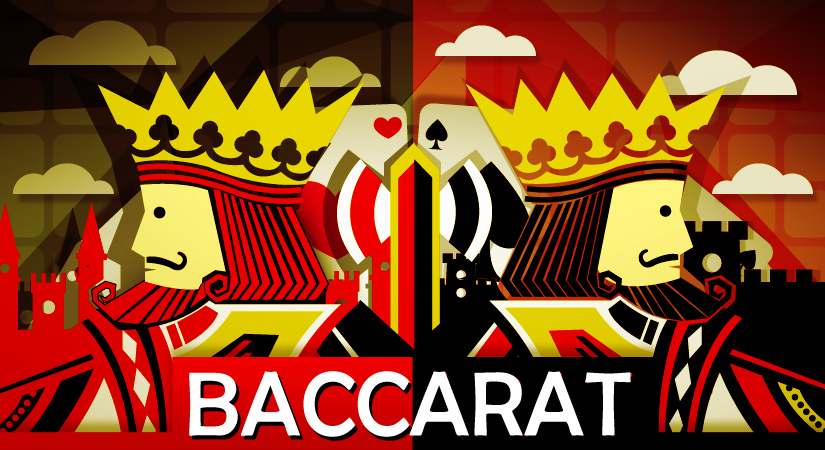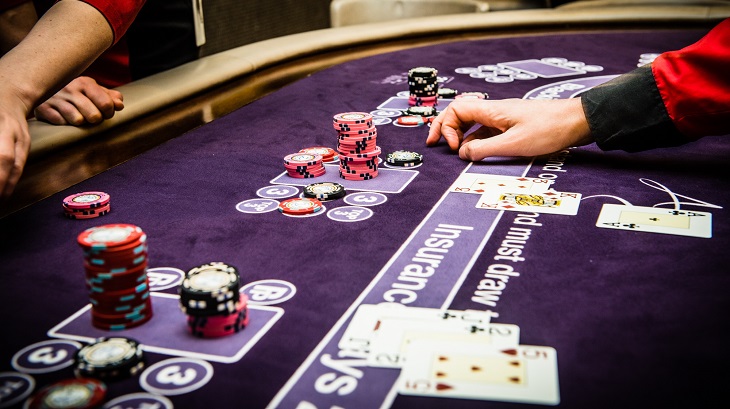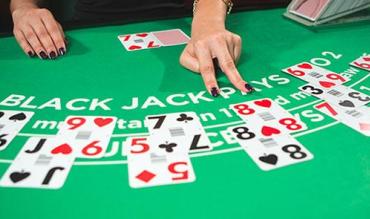Card counting has been around since the days of the dinosaurs (in casino years). Edward Thorp published his infamous book on card counting, "Beat the Dealer," in 1962. Since that time, hundreds of books on card counting have been written. Movies such as Rainman, "21" and The Hangover have featured card counting. Documentaries about card counting include The Hot Shoe, Breaking Vegas and Holy Rollers. Card counting was even the topic of an episode of The Simpsons (Sky Police, 2015).
Card counting is legal. No player can be accused of cheating based solely on the thoughts that are going on inside his own head. While casinos may not appreciate those who bring skill to bear on a game, their only recourse is to deny a card counter permission to play their games. In some jurisdictions (like New Jersey), casinos don't even have that recourse.
With all of this attention, it is no wonder that when the words "card counting" are used, everyone thinks of blackjack. The surprising truth is that card counting works in a far more general way to beat a wide variety of games.
Card counting can be considered for any betting opportunity on a casino game that is dealt from a shoe (or single deck), when multiple rounds are dealt between shuffles. Card counting is based on the simple principle that the house edge for the wager changes as cards are removed from the shoe. Card counting does not require the counter to have a precise memory of each card that has been played. In that sense the word "counting" is a misnomer -- better would be "proportioning," though that hardly rolls off the tongue. What's true is that it's much simpler than it sounds.
In most methods of card counting, the player simply identifies two groups of cards, so called "good cards" and "bad cards" and uses a system to weigh whether there are more good cards than bad cards left. By keeping track of the relative proportions of these groups, the counter can estimate when the wager tilts to his side. The counter bets big when he has the edge and voila, he beats the house.
For example, in blackjack, the player keeps track of the relative proportion of the high cards (T, J, Q, K, A) and low cards (2, 3, 4, 5, 6). High cards are good for the player. He gets more blackjacks, his double downs get better cards and the dealer busts more often. Similarly, low cards are good for the house. The player gets fewer blackjacks, his double downs get lousy cards and the dealer makes more hands. All that's needed is a simple method to keep track of the relative proportions of these two groups. I'm going to skip the details.
Anyone who has visited a few casinos will have run across a variety of variations on the game of blackjack. Among these games are Blackjack Switch, Free Bet Blackjack, Pontoon, Spanish 21 and Super Fun 21. Each of these games can be beaten by card counting, some more than others. If you check Amazon.com, you can even get a book on beating Spanish 21 and Pontoon. But these are still blackjack and the good cards and bad cards are roughly the same as in standard blackjack. I am sure you saw the movie “rain man”:
To see how card counting can work in other situations, imagine you are presented with a proposition bet that you will be dealt a blackjack on the next hand. In this case, the good cards are clearly (T,J,Q,K,A), because you need those cards in order to get the blackjack. The bad cards are everything else, (2,3,4,5,6,7,8,9). It doesn't take too many extra good cards to turn this into a powerful edge for the player. This bet has come and gone (quickly) in casinos worldwide.
In another case there was a side bet that the dealer's first two cards would be red (Diamonds or Hearts). In this case, the good cards are all red cards and the bad cards are the black cards. You can imagine the fun counters had with this bet.
These sorts of proposition bets can occur on baccarat as well. In fact, when the casino industry was reeling after Thorp published "Beat the Dealer," he was quietly beating a baccarat side bet that the Banker or Player hand would be dealt a natural 8 or 9. The good cards were obviously the 8's and 9's.
The game of baccarat itself can be beaten by card counting, but as any number of gaming authors have shown, the effort isn't worth he return. With $1000 wagers every time the counting system indicates the player has an edge on either the Player or Banker bet, the best counting systems give a profit of about a cup of coffee per week. However, like blackjack, game inventors have come up with numerous variations on the game of baccarat. Some of these have demolished by card counters.

The baccarat Tie bet has been the subject of much controversy in the card counting community. One can imagine a situation towards the end of the shoe when all the remaining cards are 0-valued (T,J,Q,K). In that case, a 0-0 Tie is a certainty. Other groups of cards are also quite likely to lead to a Tie (for example, all even cards). By memorizing the various groups of cards that give an edge, the counter can watch shoes and wait for a so-called "end-play." While, in theory, end-plays can be quite powerful, the truth is that these sorts of opportunities are so rare that the counter may grow old waiting for a single end-play to occur.
This doesn't mean that the Tie bet hasn't provided big opportunities. One game inventor decided to separate the Tie bet into ten separate wagers. He designed side bets so that the player could wager separately on a 0-0 tie, 1-1 tie, 2-2 tie and so-on. A separate card counting system was developed to track each individual tie. The counters then used a team approach, where team members were assigned to each count one specific tie. When one counter wagered on his tie, the rest of the team followed his lead and bet on that same tie.
The baccarat Pairs bet is also a big opportunity. In this case, the player is wagering that the Player or Banker hand will be dealt a pair for its first two cards. There aren't any good or bad cards for the Pairs bet which makes it a bit more challenging to count. Instead the counter must keep track of the number of cards of each rank that remain in the shoe - which is easy to do using a baccarat score card. The counter is waiting for a large imbalance in these numbers. Using a simple formula, he can calculate when he has the edge. For online live play, a simple spreadsheet can be created to track the edge.

Many players believe that "continuous shuffle machines" have lead to the death of card counting. However, these machines suffer from what is known in the industry as "latency." The cards in the current round are not available until they are inserted back into the shuffler and processed. Meanwhile, the shuffler has already made the cards for the next round available. Though it's tough to get an edge, it's not impossible. In certain jurisdictions, card counting against these shufflers is an ongoing problem.
In the modern casino industry, card counting no longer means "blackjack card counting." That is only one of myriad possible uses of the method, many of which give a substantially higher win-rate than counting blackjack. Each wager at a table game that uses cards dealt from a shoe is vulnerable to card counting. To beat the wager, the counter needs to know only a few details:
- What counting system should be used?
- What is the win-rate?
- Where is the game available?
- Is there something better?
This last point is key. For advanced players who want to beat the house, it's not a question if they can find a way do it. Rather, it's a question of lining up all of the opportunities and figuring out which one is best. Ordinary card counting at blackjack is at the bottom of this pile. A talented player who wants to beat the house will do his very best to find something better.


